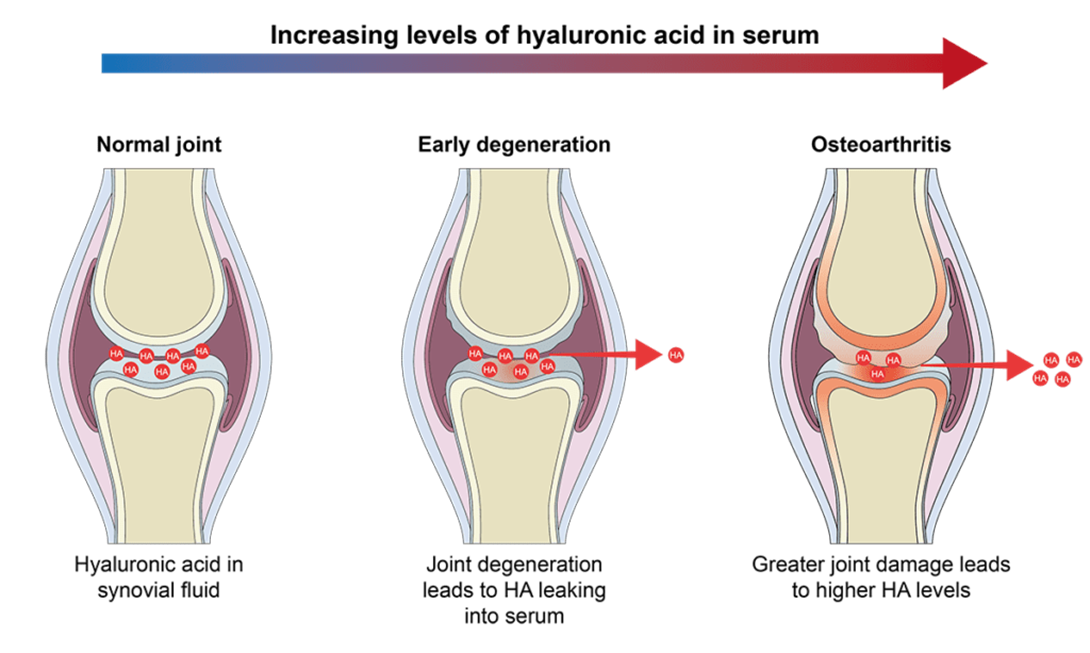The nurse is caring for a client with elevated parathyroid hormone levels. Which safety precaution should the nurse include in the plan of care?
Hypothermia.
Aspiration.
Falls.
Suicide.
The Correct Answer is C
Choice A reason: Hypothermia is not typically associated with hyperparathyroidism and does not require specific precautions in this context.
Choice B reason: Aspiration may be a concern for patients with severe hypercalcemia if they have altered mental status, but it is not the primary safety precaution.
Choice C reason: Falls are a significant risk due to potential muscle weakness, skeletal fragility, and possible neuromuscular symptoms caused by hypercalcemia.
Choice D reason: Suicide is not directly related to hyperparathyroidism; however, mental health should always be monitored in patients with chronic conditions.
Nursing Test Bank
Naxlex Comprehensive Predictor Exams
Related Questions
Correct Answer is B
Explanation
Choice A reason: Reducing the risk for infection is important but not the primary goal for DJD as it is not primarily an infectious condition.
Choice B reason: Achieving satisfactory pain control is the primary goal in the management of DJD to improve the client's quality of life and functional ability.
Choice C reason: Obtaining adequate rest and sleep is beneficial for overall health but is secondary to pain control in the management of DJD.
Choice D reason: Improving stress management skills can help with overall well-being but is not the primary focus of care for a client with DJD.

Correct Answer is D
Explanation
Choice A reason: Heat and cold therapy can help manage symptoms but are not directly related to health promotion and teaching.
Choice B reason: Avoiding foods containing purine is more related to conditions like gout, not rheumatoid arthritis.
Choice C reason: Immobilization of affected joints is not a health promotion strategy and can actually worsen rheumatoid arthritis symptoms over time.
Choice D reason: Prevention through nutrition and exercise is a key component of health promotion and teaching for clients with rheumatoid arthritis, as it can help manage symptoms and improve overall health.
Whether you are a student looking to ace your exams or a practicing nurse seeking to enhance your expertise , our nursing education contents will empower you with the confidence and competence to make a difference in the lives of patients and become a respected leader in the healthcare field.
Visit Naxlex, invest in your future and unlock endless possibilities with our unparalleled nursing education contents today
Report Wrong Answer on the Current Question
Do you disagree with the answer? If yes, what is your expected answer? Explain.
Kindly be descriptive with the issue you are facing.
